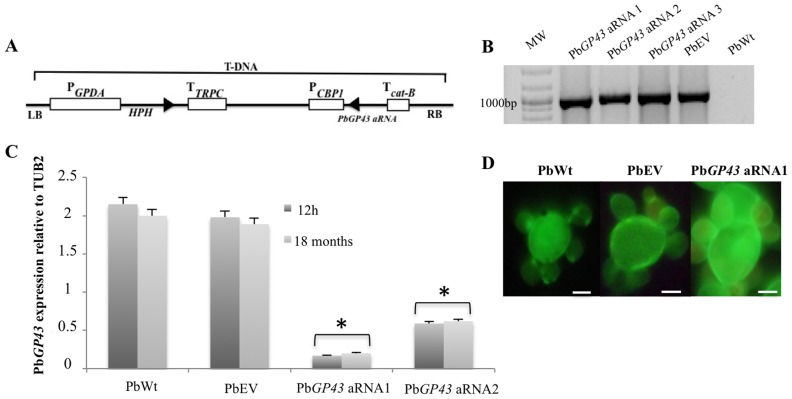Figure 1. Inhibition of PbGP43 expression using an aRNA plasmid and A. tumefaciens-mediated transformation.
(A) PbGP43 anti-sense cassette. Three anti-sense oligonucleotides were produced (AS1, AS2, AS3) based on Pb339 (PbWt) genomic sequence, as detailed in Materials and Methods, and cloned under the control of the H. capsulatum CBP-1 promoter (P). The constructs were sub-cloned into the T-DNA region of the binary vector pUR5750 harboring the E. coli HPH resistance gene driven by the GPDA promoter from A. nidulans and bearing transciptional terminators (T) from cat-B and TRPC; LB, left border; RB right border. (B) PCR fragments amplified with HPH specific primers to yield a 1,000-bp internal fragment. We used as template DNA from PbGP43 aRNA (AS3, clones 1, 2, 3), PbWt and PbEV. Strains were tested before and after exhaustive subculturing in selective and non-selective medium with similar results. MW, DNA molecular marker. (C) PbGP43 expression levels in PbWt, PbEV, and PbGP43 aRNA (1 and 2) after 1 month and over 18 months of subculture. Gene expression levels obtained by RT-qPCR were normalized with the internal control TUB2; *, p<0.05 when compared with PbWt and PbEV. (D) Inhibition of PbGP43 expression did not alter the morphology of PbGP43 aRNA1 that showed round multibudding yeasts similar to control strains PbWt and PbEV. Cellular morphology of exponentially growing yeast cells was visualized by fluorescence microscopy using calcofluor white staining. White bars correspond to 5 µm.

